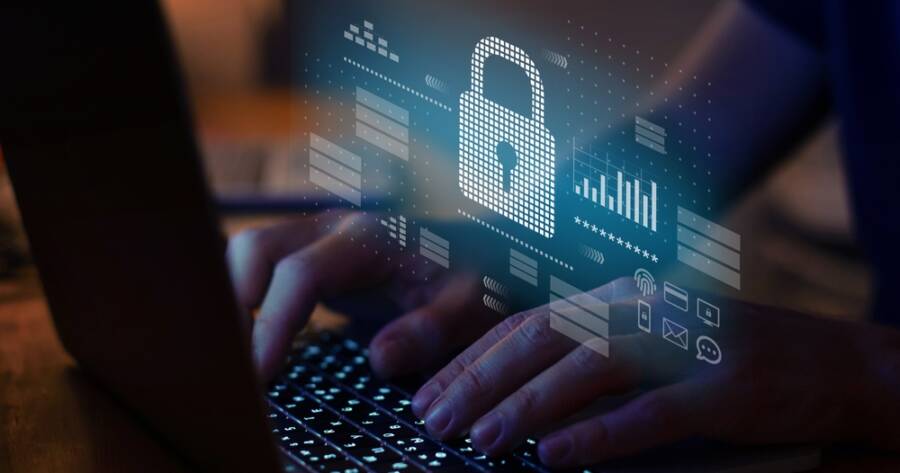In today’s connected world, personal information is more exposed than ever. From online banking to social media, everyday tasks involve sharing sensitive data. That convenience comes with risk. Identity theft continues to rise, affecting millions each year. Protecting your personal information isn’t just smart—it’s necessary for maintaining security and peace of mind.
Understanding the Threat of Identity Theft
Identity theft happens when someone illegally obtains and uses your personal data, often for financial gain. This may include your Social Security number, bank account details, credit card numbers, or even health insurance records. Criminals can open credit accounts, file false tax returns, or make purchases in your name.
Most identity theft cases begin with data exposure through phishing scams, unsecured websites, public Wi-Fi, or even physical theft of documents. Once your information is compromised, resolving the issue can take months and damage your credit and financial stability.
Simple Steps to Strengthen Everyday Security
One of the most effective ways to guard your information is by developing good habits. Always use strong, unique passwords for each account, and consider enabling multi-factor authentication (MFA) wherever possible. MFA requires you to confirm your identity through a second device or method, which adds an extra layer of protection.
Avoid accessing sensitive accounts while on public Wi-Fi. If you must, use a virtual private network (VPN) to secure your connection. It’s also wise to log out of sites when you’re done and regularly update your software and devices. These updates often contain important security patches that fix known vulnerabilities.
Recognizing Red Flags and Suspicious Activity
Early detection of identity theft is critical. Signs may include unfamiliar transactions on your bank statement, mail about accounts you didn’t open, or sudden drops in your credit score. If you notice anything unusual, act quickly. Contact your bank, credit card company, and the credit bureaus to place fraud alerts or freeze your credit if needed.
You should also be cautious with emails or texts asking for personal information. Phishing messages often appear to be from legitimate companies but contain suspicious links or requests for data. Never click on links or open attachments from sources you don’t trust.
Using Monitoring Services and Credit Reports Wisely
Monitoring tools can help track your credit and alert you to changes. Some services offer real-time updates when your information is used to apply for loans, credit cards, or accounts. While these services can be useful, many people don’t realize they’re entitled to no-fee credit reports from each of the three major bureaus—Equifax, Experian, and TransUnion—once a year at AnnualCreditReport.com.
Reviewing your credit report is a powerful way to detect fraud. Look for accounts you don’t recognize or mistakes in your credit history. Even small inaccuracies should be addressed to ensure your record remains accurate.
Physical Document Safety Still Matters
While online threats are increasing, physical security is still important. Store personal documents—like tax returns, Social Security cards, and medical records—in a locked, secure place. Shred sensitive papers before disposing of them, including credit card offers and old bank statements.
When mailing checks or forms with personal information, use a secure mailbox or take them directly to the post office. Identity thieves sometimes steal from residential mailboxes to gain access to personal data.
Keep Children’s and Seniors’ Identities Safe Too
Thieves don’t just target working adults. Children’s Social Security numbers can be stolen and used to open accounts undetected for years. Likewise, seniors are often vulnerable to phone and email scams. It’s important to monitor the activity of family members who may be less familiar with digital security practices.
Check for credit reports in your child’s name and educate older relatives about common scams. Helping them stay alert can protect their identities and prevent financial harm.
Why Prevention Is Always Better Than Recovery
Recovering from identity theft is stressful, time-consuming, and sometimes costly. That’s why ongoing prevention is the best approach. By taking simple, proactive steps—such as creating strong passwords, reviewing financial statements, and staying alert to suspicious activity—you can reduce your risk significantly.
Protecting your identity is not a one-time task. It requires regular attention and responsible habits. In a world where digital exposure is constant, safeguarding your personal information is more than good practice—it’s essential for a secure future.
